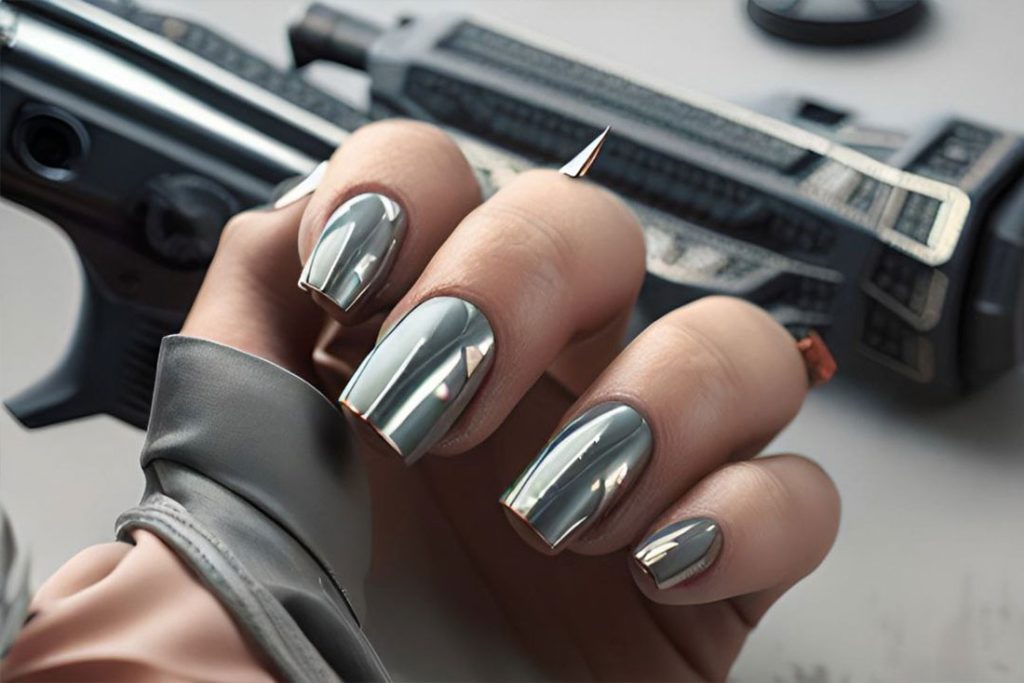Nail Infections: A Comprehensive Guide for Beauticians
Nail care and beauty are synonymous with personal grooming. But the delicate nature of this practice means that nail salons are often places where minor infections can potentially develop into serious conditions. For beauticians, understanding nail infections is paramount—not just for the health of the client but also to maintain the reputation and standards of the salon.

Nail Infections
Recognizing Signs of Nail Infections
What to Watch Out For
While beauticians are not licensed to diagnose medical conditions, they are trained to recognize potential warning signs. An infected nail often shows:
- Visible Redness: Often one of the first signs, indicating inflammation or irritation.
- Pain: Clients might complain of a persistent, throbbing pain in their nail or fingertip.
- Swelling: Swollen skin around the nail might be warm to touch and may indicate an underlying infection.
- Broken Skin: Cracked or broken skin can be a gateway for bacteria and other pathogens.
- Pus: This is a clear sign of bacterial infection and needs immediate medical attention.
If any of these signs are present, it’s imperative to halt any beautifying treatments immediately. Instead, kindly advise the client to consult a medical professional.
Ensuring a Safe Salon Experience
Rigorous Cleaning and Disinfection
Good hygiene practices are the bedrock of a reputable nail salon. To reduce the risk of infection:
- No Shortcuts: Every step in the cleaning and disinfection process is crucial. Always follow guidelines to the letter.
- Use of Disinfectants: These chemical agents are essential in eliminating pathogens. Ensure they’re mixed according to product labels and replaced daily.
- Implement Management: Regularly disinfect metal tools. And remember, items like nail files, wooden pusher sticks, and buffers are single-use. Dispose of them after they’ve been used on one client.
- Personal Hygiene: Encourage clients to wash their hands before any service. Likewise, beauticians should always wash their hands between clients.
- General Salon Cleanliness: Apart from individual tools, ensure that workstations are cleaned before and after each procedure. Fresh towels should be used for every client.
The Importance of Observation
If a beautician repeatedly observes signs of nail infections among different clients, it may point to a lapse in salon hygiene standards. It’s crucial to continually assess and improve upon:
- Training: Regularly update staff on best practices in cleanliness and hygiene.
- Product Quality: Ensure that products used are of the highest standard and aren’t past their expiry date.
- Equipment Maintenance: Regularly check equipment for any signs of wear and tear.
Conclusion
For a beautician, ensuring the well-being of the client is as important as delivering a stellar manicure. Recognizing the signs of nail infections and maintaining impeccable hygiene standards are vital in this regard. It’s about creating a trust-based relationship where clients know their health is in safe hands. This not only bolsters the salon’s reputation but also contributes to public health by preventing the spread of infections.






